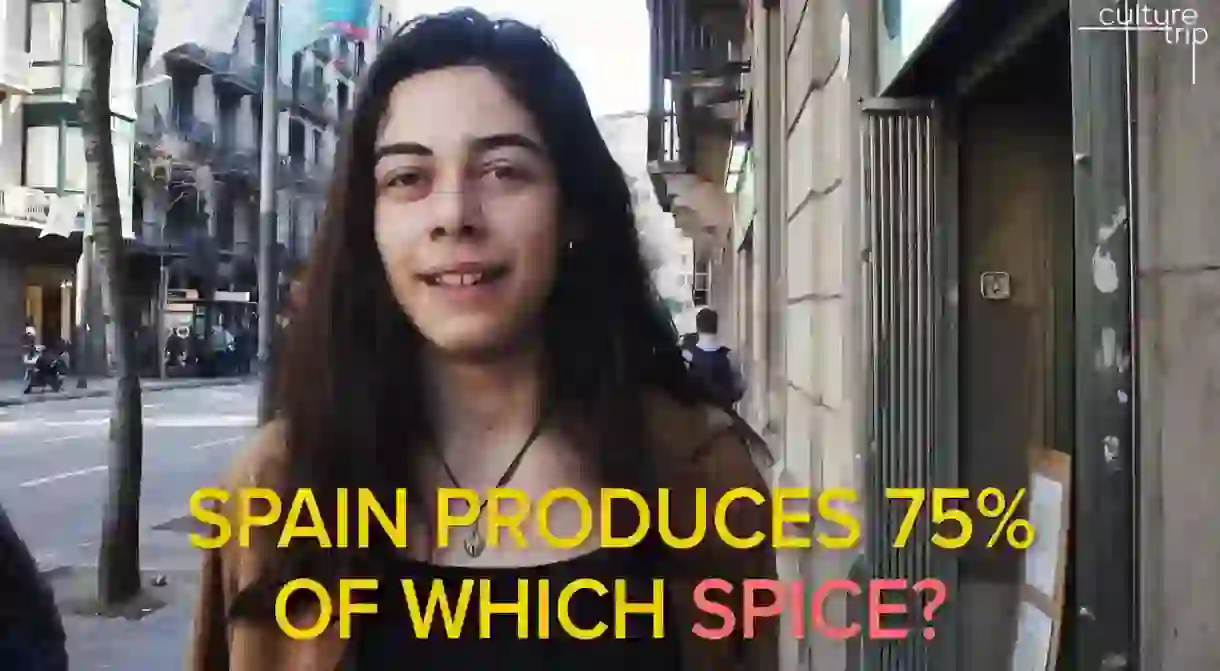How Well Do Spaniards Know Their Food?

When people think of Spanish food, they automatically think of paella, churros and chorizo. These traditional foods are delicious, but asides from this, each aspect of Spanish fare has a rich history that many and foreigners – and Spaniards – are not privy too. We took to the streets of Barcelona to ask the locals how well they know their food, if they know where it comes from and how it has been integrated into the country’s cuisine over the years.
Paella
Valencia in Eastern Spain is the true home of paella. The dish was originally made by farmers and labourers, cooked up to provide as much nourishment as possible for their lunchtime meal. Back then, it was eaten straight from the pan, with each person using their own wooden spoon to eat. Whilst back then the ingredients added to the rice consisted of anything they could find in the fields – from tomatoes to snails and occasionally chicken with a touch of saffron – many of the elements have changed over the years to suit modern tastes.

Grapes
The Spaniards are on average ninth in the world when it comes to the consumption of wine, with an average person drinking 21.6 litres per year. It is the world’s third largest producer of wine, and in particular, is famous for its Rioja and Jerez varieties. However, despite the amount of red wine Spain produces and exports, the growth and production of white grapes supersedes that of the red kind; many people don’t know that this is because they’re used to make sherry.

Spices
Saffron (or azafrán), the world’s most expensive spice, is a revered element of Spanish cuisine. The spice is difficult to obtain as the flowers are harvested on the day they bloom and are dried quickly to keep them as well-preserved as possible. Although saffron is grown globally, Spain produces 75% of the world’s supply.

Olive oil
Olive oil is a classic ingredient in Mediterranean cooking, so much so that Spain produces around 40% of the total world’s supply. Within the country, 70% of this comes from the southern region of Andalucia, particularly from the province of Jaén.














